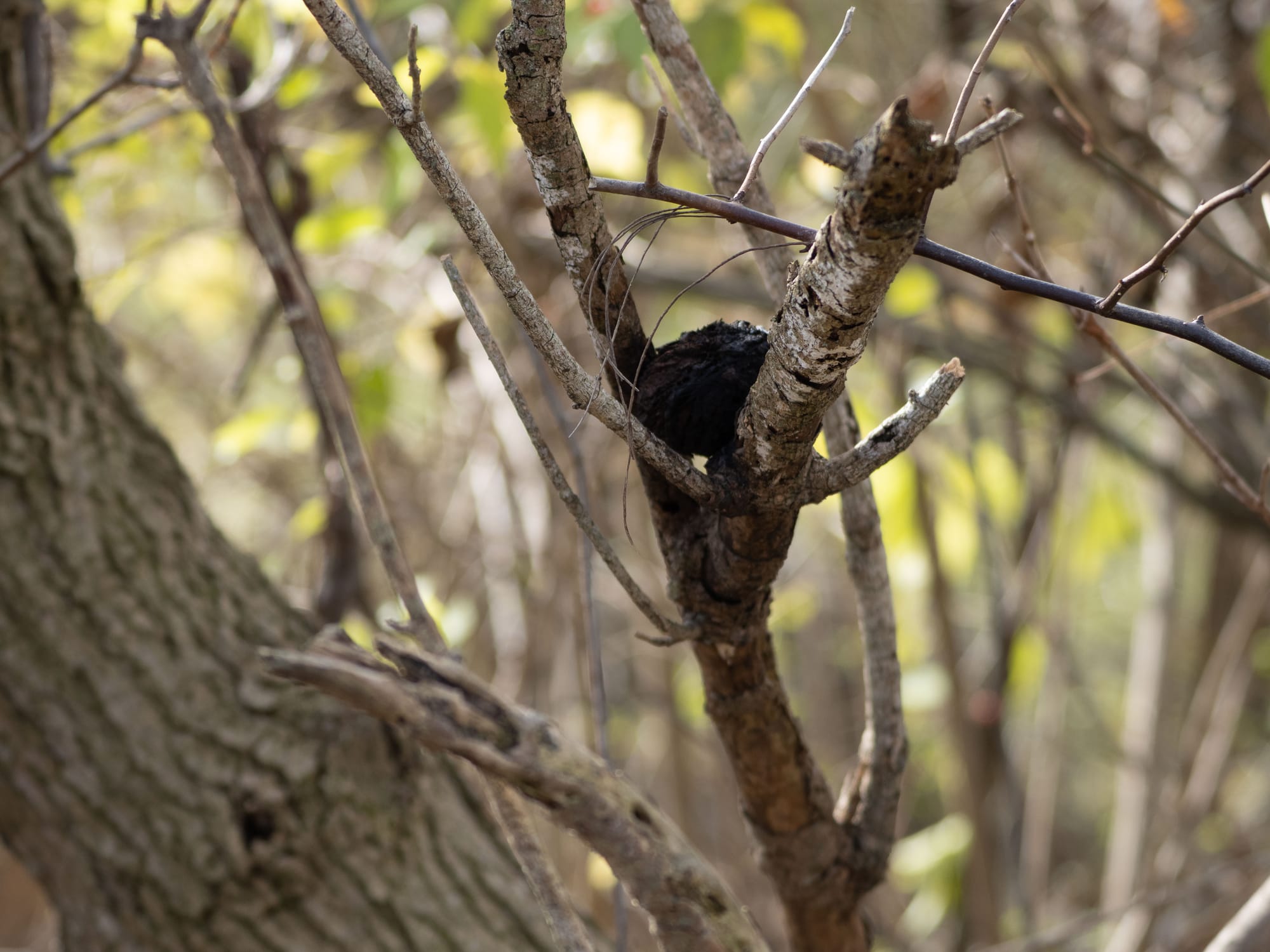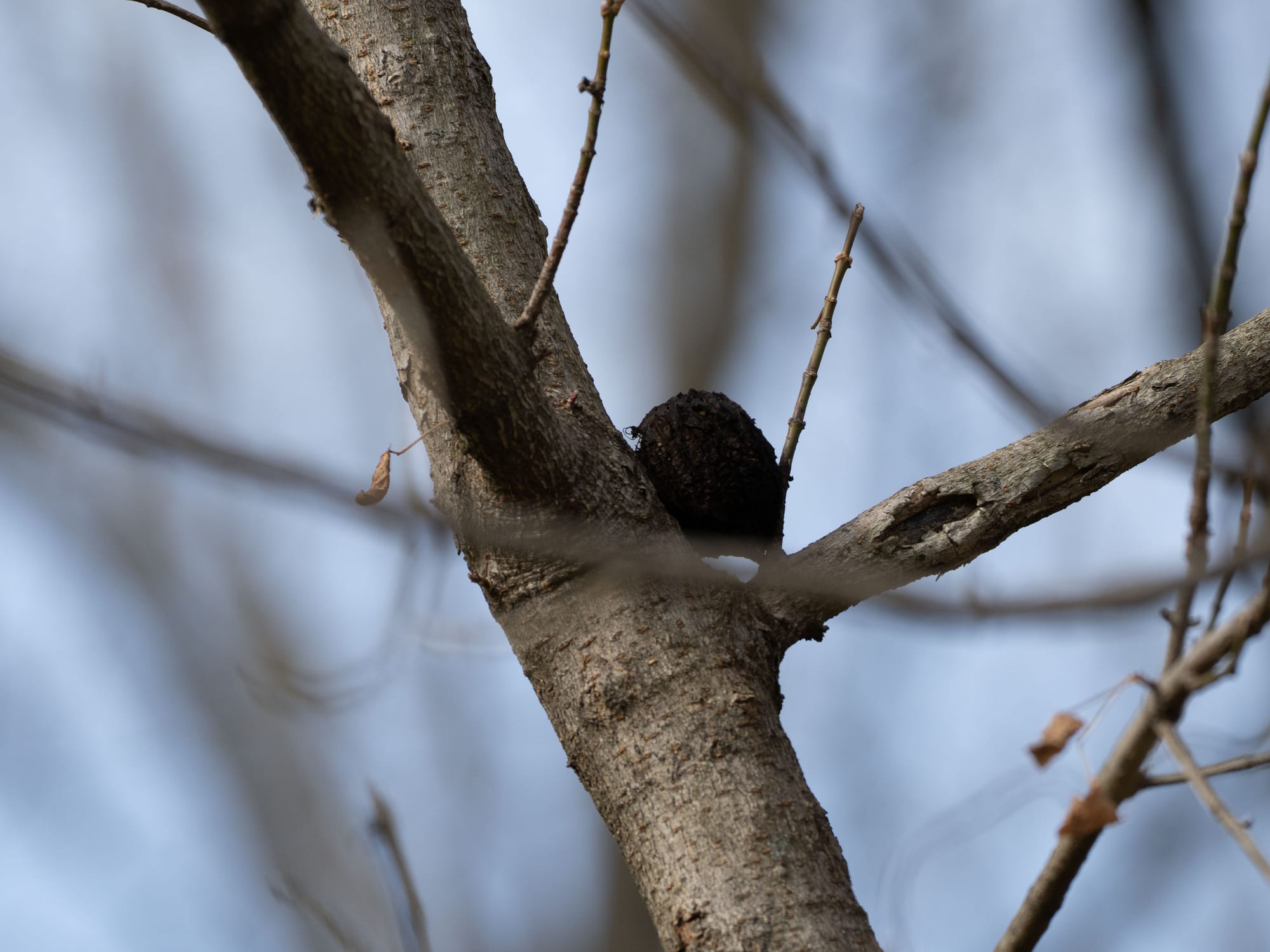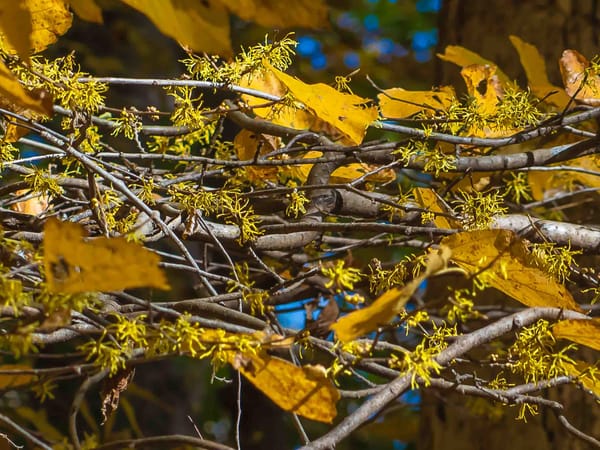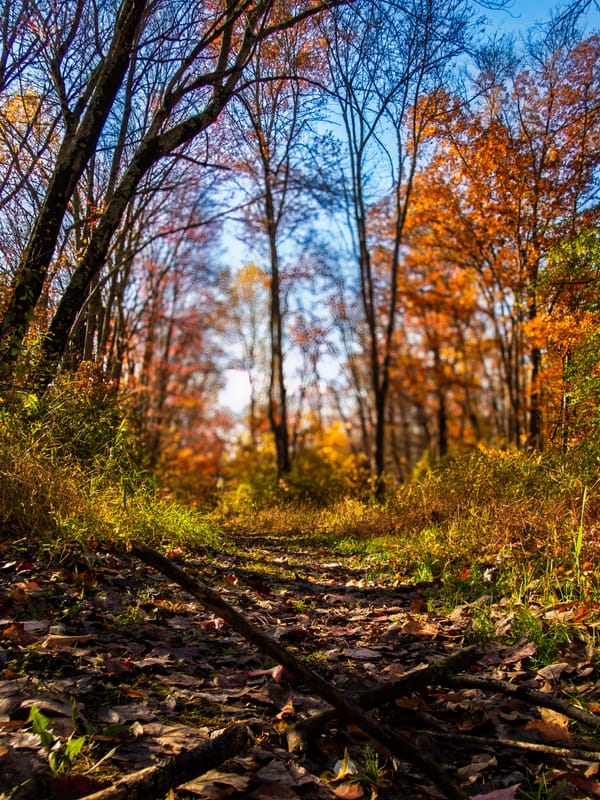Mast Year

Have you noticed this year’s bumper crop of black walnuts? Comparing notes with a few friends, I’ve learned I’m not the only one who thinks this is a mast year—a season when certain trees seem to synchronize and pour their energy into producing an unusually heavy crop of seeds and nuts. (“Mast” simply means any such crop, whether walnuts, acorns, or beechnuts.)
Trees store sugars in their roots for years, then suddenly draw on those reserves to create a much larger mast crop. Exactly what triggers this is still uncertain—it could be chemical cues in the air, underground fungal networks, or shifts in weather. Weather patterns seem to be the most reliable indicators but other factors may influence the surge in production.
There’s a reason behind the excess. If trees produced the same amount every year, the number of animals that feed on mast would be fairly constant, and most of the crop would be eaten. But during a mast year, the supply overwhelms demand, leaving more nuts and seeds uneaten to sprout. Over time, the boom in food leads to a boom in mast eaters, which then supports a rise in predators that feed on them.
West Virginia’s 2025 Mast Survey backs this up, reporting that black walnut trees produced more than one-and-a-half times the crop of 2024. That suggests this mast year reached across much of the Appalachian–Mid-Atlantic region that experienced a dry summer followed by a wet spring.
The West Virginia survey, running since 1971, is one of the oldest continuous wildlife–food monitoring programs in the country. It shows that black walnuts tend to follow a two- to four-year rhythm and respond strongly to that sequence of drought and moisture.
Old weather lore claims that mast years predict harsh winters. It’s a good story, but one that is more to folklore than science.






Here's more black walnuts stashed in trees by squirrels.



